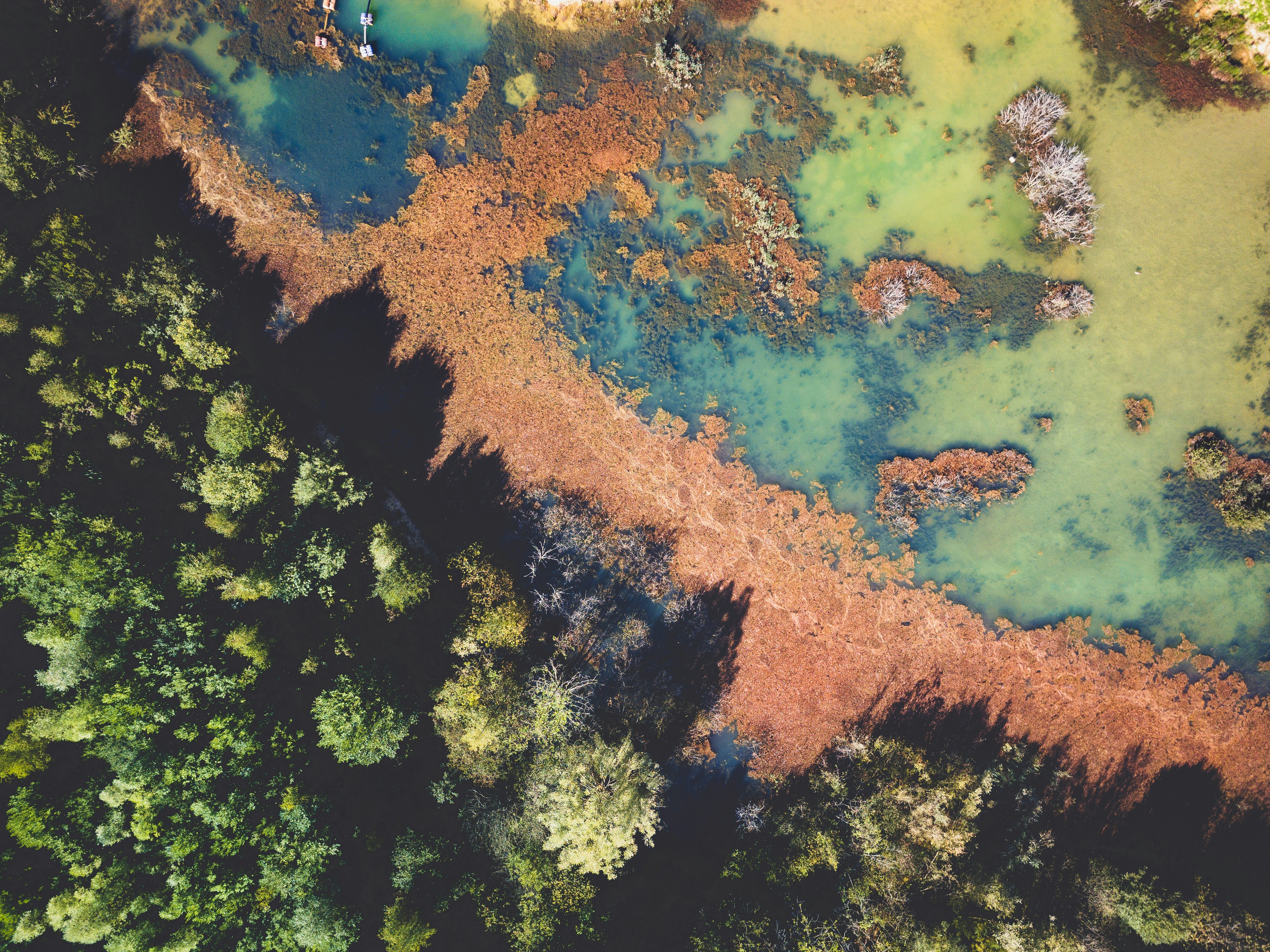Understanding the Disruptive Force of Hurricanes
Hurricanes are among the most powerful natural disasters on Earth, known for their ability to reshape landscapes and alter ecosystems. Their impact is profound, affecting not only human infrastructure but also the delicate balance of wildlife and their habitats. The consequences of hurricanes on wildlife and ecosystems are vast and complex, leading to both challenges and opportunities for adaptation.
How Hurricanes Alter Ecosystems
One of the most immediate impacts of a hurricane is the physical alteration of habitats. Coastal areas, in particular, bear the brunt of these storms. Intense winds and storm surges can uproot trees, erode beaches, and destroy coral reefs. Such changes can decimate habitats, forcing wildlife to relocate or adapt to new conditions.
For instance, mangrove forests, which serve as crucial breeding grounds for many marine species, often suffer extensive damage. These ecosystems are essential for maintaining water quality and providing nursery habitats. When hurricanes disrupt these areas, it can lead to a decrease in biodiversity and affect species that rely on these environments for survival.
Case Study: Coral Reefs
Coral reefs are incredibly sensitive to physical damage caused by hurricanes. Strong waves and turbulent waters can break apart coral structures, leaving them vulnerable to disease and bleaching. Recovery can take years, impacting the many marine species that depend on reefs for food and shelter.
Despite these challenges, some species and ecosystems have evolved to take advantage of these disturbances. For example, hurricanes can clear out older or less fit individuals in certain populations, creating opportunities for more resilient individuals to thrive. Additionally, storm-induced flooding can disperse seeds and nutrients, aiding in the recovery and renewal of certain ecosystems.
Wildlife’s Struggle and Adaptation
While the physical landscape undergoes transformation, wildlife also faces significant challenges. Many animals face immediate threats from the direct force of the storm, with birds and marine mammals often being the most vulnerable. Species like sea turtles, which nest on beaches, can experience drastic impacts on their reproductive success.
Following the immediate danger, animals must cope with altered habitats, scarcity of food, and increased competition for resources. However, nature often finds a way to adapt. For example, some bird species are known to change their migration patterns in response to repeated hurricane activity, seeking out more stable environments to ensure survival.
Long-Term Ecological Implications
The long-term ecological implications of hurricanes on wildlife are complex and multifaceted. Changes in vegetation patterns, water salinity, and the introduction of invasive species due to habitat disruption can create lasting effects on local ecosystems. Additionally, these changes can have cascading effects, impacting food chains and the overall health of the environment.
For those interested in learning more about hurricane impacts on ecosystems, the National Oceanic and Atmospheric Administration (NOAA) provides extensive resources and research findings on this topic.
Role of Conservation Efforts
Conservation efforts play a crucial role in mitigating the adverse effects of hurricanes on wildlife. Restoration projects, such as replanting mangroves and corals, can help rebuild natural defenses against future storms. Additionally, wildlife rescue operations during and after hurricanes can significantly aid in the recovery of affected populations.
Organizations like HelpNow are dedicated to emergency response and preparedness, offering resources and training to protect both humans and ecosystems in the face of natural disasters.
Looking Forward: Building Resilience
In the face of increasing hurricane intensity due to climate change, building resilience in both human and natural communities is vital. This includes integrating sustainable practices in development and prioritizing conservation efforts to preserve and restore critical habitats.
Understanding the impact of hurricanes on wildlife and ecosystems is crucial for developing strategies to protect and preserve the natural world. As we continue to learn from these powerful storms, it is our responsibility to take proactive steps to ensure a sustainable future for all life forms. Join our mission at HelpNow to make a difference.

